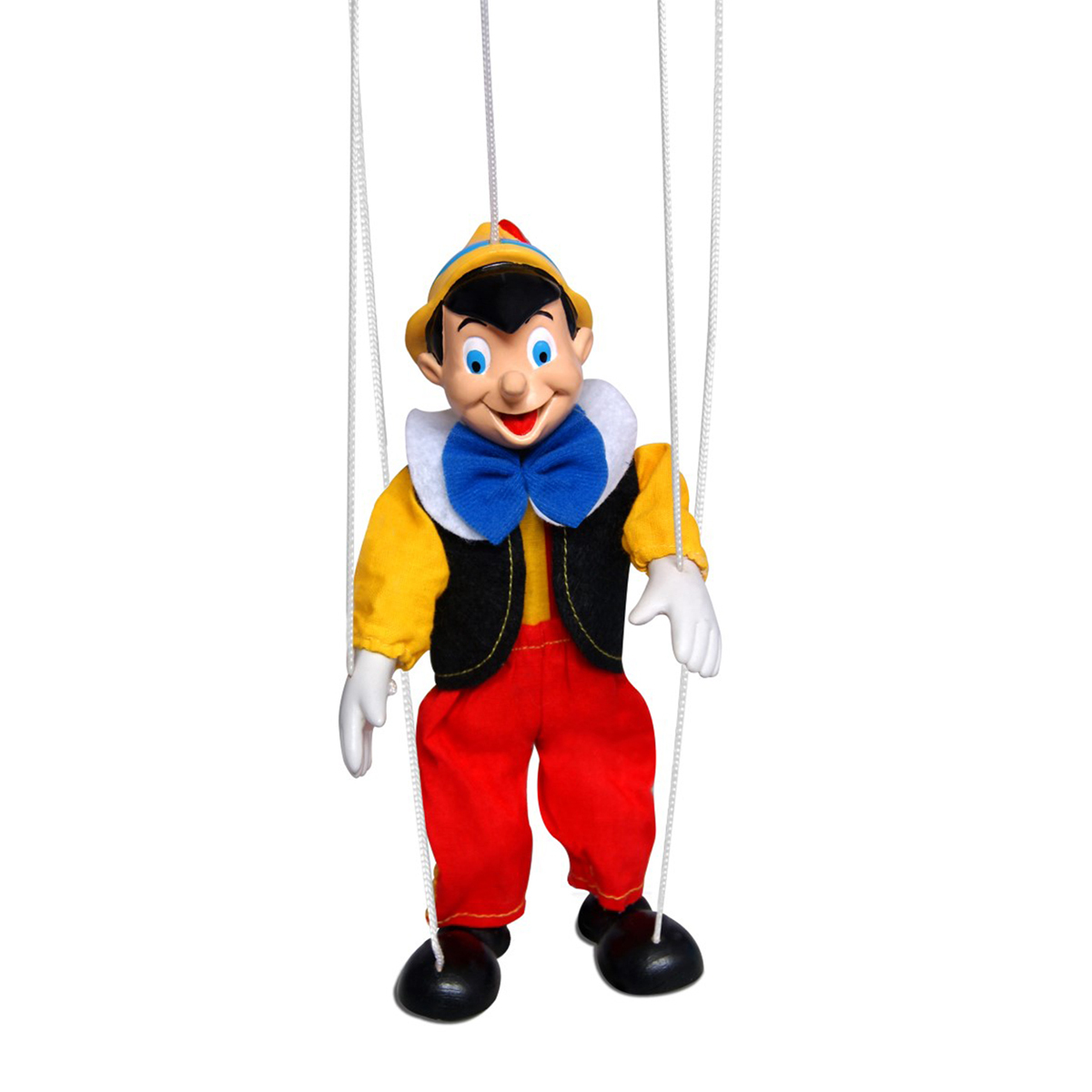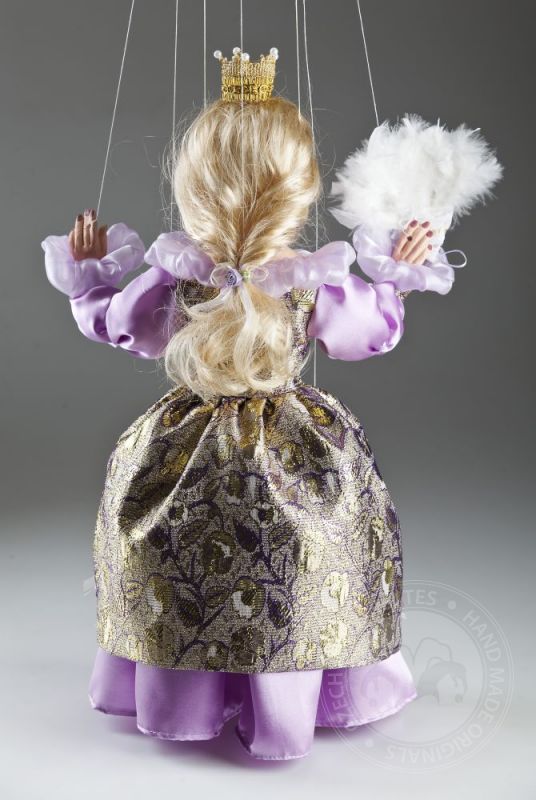
Their performances center on the many episodes of the Ramayana, beginning with the accounts of the birth of Rama and ending with the killing of Ravana. The performers of kalasutri bahulya (kalasutri, string, and bahulya, puppet), descendants of families of puppeteers that originally came from Rajasthan and Gujarat, are today very few in number. Traditional string puppet theatre from Maharashtra in south-west India. Kalasutri Bahulya (String puppet) and Chammadyache Bahulya (Shadow puppet) The puppeteers are happy to add dialogues or chants taken from bhaona, the local traditional theatre Maharashtra The Ramayana, either in its entirety or by episodes, is performed, as well as scenes from the Mahabharata.The putala nach is also called putala bhaona due to its ancient link (16th century) with bhaona theatre. Putala nach (putal, doll, and nach, dance) remains popular in Assam whereas other forms of puppetry and shadow theatre have disappeared. It is a traditional string puppet theatre from Assam in north-east India. The puppeteers are happy to add dialogues or chants taken from bhaona, the local traditional theatre

The performance language uses Tamil, Sanskrit, and Malayalam words. The only variation is Bommalattam uses wooden dolls, while tholpavaikoothu uses Leather dolls. The other one is “marappavaikoothu” also called bommalattam. It is one of the two traditional Pavai Koothu that happened in southern India. Thus when it is performed in temples, an idol of the Goddess is usually placed on a pedestal in front of the arena where it is staged Tholpavaikoothu is a compound word of three Tamil terms, thol, meaning leather, pavai, meaning doll, and koothu, meaning the play or drama.

According to legend, Tholpavakoothu was performed at the request of Bhadrakali who could not witness Ravana’s killing as she was fighting the demon Darika.

Tholpavakoothu is also an art form that is dedicated to Bhadrakali in Kerala. Kerala Oava Jytger (Glove puppet) and Thol Pabvakuthu (Shadow puppet) They still speak Aare (Aré) Marathi, a dialect based on archaic Marathi, which is not understood by the population of the southern states. The puppeteers are from the Killikyeta tribal group that came from Maharashtra at least two centuries ago and settled in different regions of Southern India, particularly in Karnataka, Andhra Pradesh, and Tamil Nadu.
#String puppetry full
For example, the position of the two eyes in a face seen the full front, as well as the compositions of humans, animals, birds, and trees that can be seen in the mural paintings of the Lepakshi temple (built 14th-17th centuries during the Vijayanagar Kings’ period). There are several regional variations within these two types of theatre that have different manipulation techniques, different music, and also different morphology of figures that reproduce sculpted or painted ornaments from local temples. There are two distinct types of togalu gombeyata based on the size of the figures. Chikka theatre uses smaller figures (between 20 to 30 centimeters high) and dodda theatre uses larger-sized figures (between 30 to 120 centimeters in height). Traditional shadow theatre from Karnataka in southwest India. Togalu signifies “leather” and gombeyata “figure, doll, dance and performance”. There are four types of puppetry which are discussed below:

Slowly, this art form emerged from the precincts of the temples and villages to reach out to the outside world performing on various social and contemporary themes in Indian towns and cities. TYPES OF PUPPETRY IN INDA The puppetries in India envision the histories of great kings, princes, and heroes and political satire in rural areas. In media like youtube channels, most people choose these puppet shows to tell stories to kids. Schools have been chosen as a venue for bringing puppet shows to light, and children are now educated about puppet shows and their history. As more people recognize the importance of puppets, the government has taken steps to conserve and develop the art of puppetry. Puppets come in a variety of shapes and sizes, including strings, rods, and glove-like puppets. The basic principle of puppets remains the same, regardless of how different states adopt different ways and approaches. Puppet shows were seen as a way to impart mythical stories, morals, and philosophy, as well as for entertainment. Puppet shows are very important in the formation of religion and culture.


 0 kommentar(er)
0 kommentar(er)
